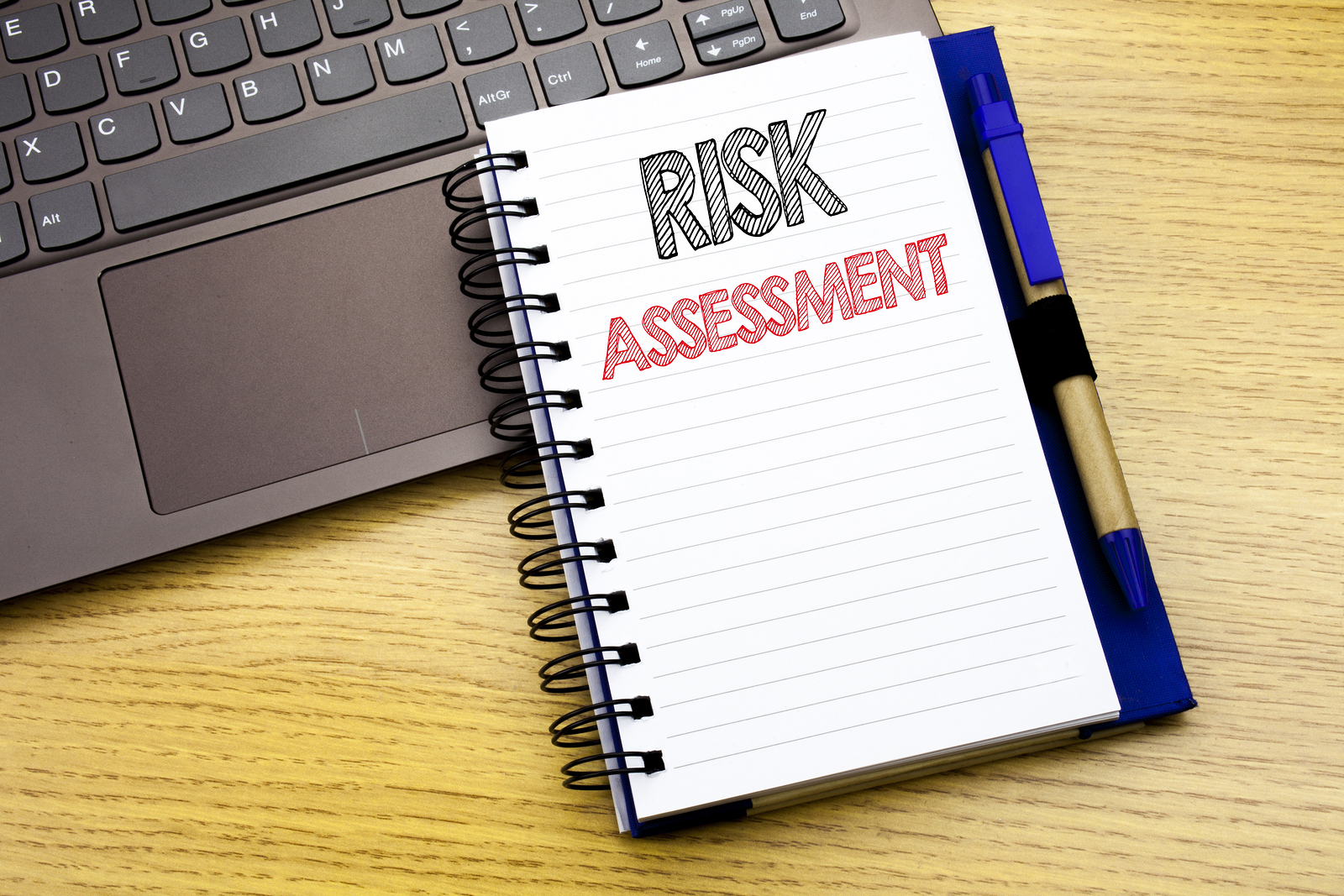It's no secret that in today's digital age, all successful businesses function by relying on information technology. Nevertheless, there are less attractive stories about the vulnerability of IT infrastructure and the importance of a well-defined recovery plan in case of a disaster, or a disaster recovery plan.
Responsible business involves prevention as a strategic approach, especially when it comes to keeping company data of importance. It's pretty clear that a disaster can hardly be foreseen, but what you can do for yourself and your business is to strategically think a few steps in advance and be ready. A way to do this is a detailed disaster recovery plan, as a way to get your business processes back into the usual rhythm of functioning in the shortest possible time and with minimal and controlled losses.

Step 1: List all IT assets you own and make a risk assessment
A logical start to creating a disaster recovery plan involves a list and analysis of important business-critical data, as well as a list of hardware and systems that your company owns and operates. It is highly recommended that this list be as detailed as possible, or with as much information as possible, which can help determine or know the responsible person or subcontractor and their contact. In this way, essential information will be quickly and easily accessible at a crucial moment.
After the inventory, the threat and risk assessment process should follow each of the listed elements. Your expert IT team or security coordinator should define three things:
1) which threats are realistic for each element of the infrastructure
2) what is the likelihood of a particular disaster actually taking place
3) what are the possible degrees of damage that certain disasters can cause.

Step 2: Organize the elements by the criticality factor
The first step involves a list of IT assets and an understanding of how the elements are interdependent, which allows you to group elements in the best possible way and evaluate their level of importance.
Depending on what your company is dealing with, data may have a more or less important role in the post-disaster management process. When classifying all the elements according to importance, it is necessary to give a descriptive estimate of how each element is critical for further business. It is enough to specify the three levels of importance according to this actor:
The element is necessary to achieve the strategic goal of doing business, but it is not necessary for the first stage of disaster recovery.
The element is necessary for achieving the strategic goal of the business and the company can continue its work, although in a damaged condition and a reduced volume of business.
The element is critical for performing all essential business operations and without it it is not possible to continue the business.
/cdn.vox-cdn.com/uploads/chorus_image/image/60757915/wow_battle_for_azeroth_key_art.0.jpg)
Step 3: Make a budget and choose the right allies
A common mistake in forming a budget concerns the selection of solutions that provide the level and type of protection which, taking into account the scope and type of business of the company, may not be necessary. At that time, the budget is spent in vain and there is a distortion of the balance in terms of cost allocation. The other extreme concerns insufficient protection, as key decision-makers are guided by the idea that the risk is negligible.
Nowadays, cloud services are gaining an increasingly important place in the context of preventing and devising an effective and affordable disaster recovery plan. Along with the cloud, the data is stored offsite (outside the company's primary location), where they can be safely downloaded in the event of a disaster. The level of protection of the IT system is high, and there are no hidden costs, and companies pay only what they really use, which makes an investment in the cloud a wise business decision.

Step 4: Define the period and point of recovery
When creating a disaster recovery plan, it is necessary to define a recovery time object (RTO) and a recovery point object (RPO).
Here you are expected to provide a more precise answer to the following question:
What is the acceptable time period of business suspension that our company can afford, without irreversibly leaving a negative track on finance, a position on the market, or even - brings us to bankruptcy?
The Recovery Period (RTO) implies a predefined maximum time period for the implementation of a disaster recovery plan. Recovery Point (RPO) refers to an acceptable amount of data a company can lose without seriously compromising the rhythm of doing business. From this defined value, the frequency of backing up data (backups) depends on how all key data is saved.

Step 5: Define strategic activities and assign responsibilities
The next step is to define the correct protocol, i.e. strategic activities, and this strategy of response or reaction and recovery strategy.
For both strategies, you need to define clear steps to control and foresee in the event of a disaster. Disasters leave behind a high-end atmosphere and are often under panic. Have clear instructions that, step by step, remind you what you should do - is of paramount importance.

Step 6: Document, test and evaluate your plan
The final step involves clearly documenting the disaster recovery plan, as well as its testing. Then follow the evaluation and possible rectifications of what you have noted.
In addition, your business will change over time, as well as the IT assets you use and manage, and the disaster recovery plan will necessarily have to undergo all the changes. Evaluation of the plan is best performed through practice.
Have you prepared for the worst? If you are not, we hope that our text has encouraged you to formulate a great disaster recovery plan and save your company!




Share the News